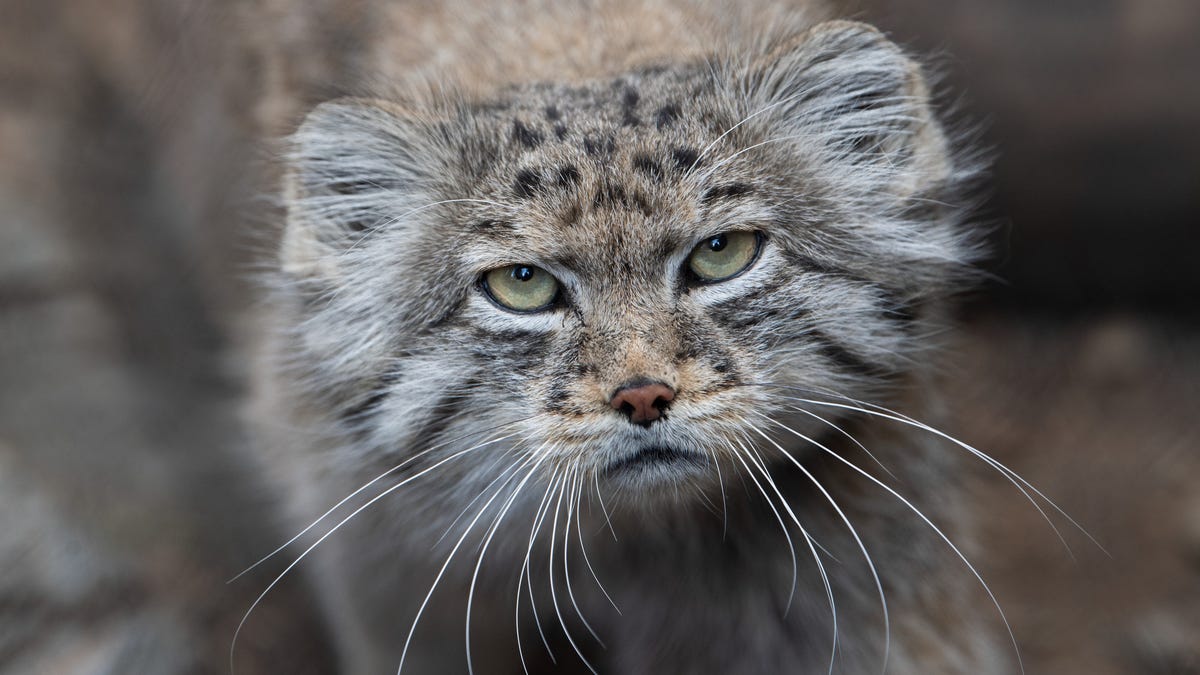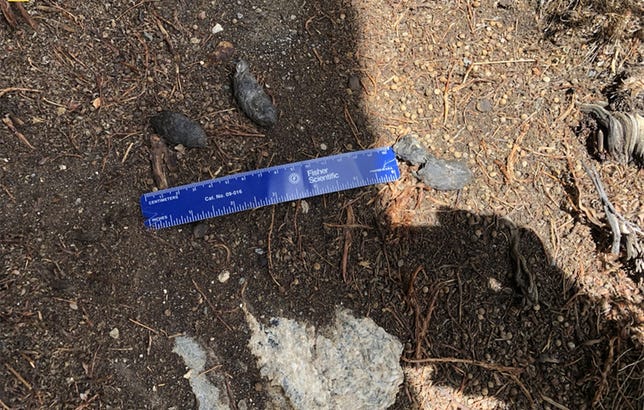
Pallas’s cats are known for their not-suffering-any-fools facial expressions.
Julie Larsen Maher/WCS
Humans are famously obsessed with Mount Everest, the world’s highest peak. Each year, climbers attempt to summit it. But Everest is about more than human visitors. A diverse set of wildlife lives there. In a scientific first, an elusive wild cat called the Pallas’s cat has been discovered on Mount Everest.
Pallas’s cat might not have the name recognition of a lion or tiger, but it’s an incredibly photogenic animal. The cats are about the size of small domesticated felines and have rounded ears, stocky bodies and a perpetually grumpy expression. They are adapted to cold conditions in Asia.

 Enlarge Image
Enlarge Image
Researchers on Mount Everest found this scat from a Pallas’s cat.
Tracie Seimon/National Geographic
A team of researchers embarked on a National Geographic expedition to Mount Everest in 2019. During the journey, the team collected Pallas’s cat scat samples from two different locations in Nepal’s Sagarmatha National Park on the mountain. The samples came from sites at over 5,000 meters (16,400 feet) in elevation.
The team published its findings in the winter 2022 issue of the journal Cat News. “It is phenomenal to discover proof of this rare and remarkable species at the top of the world,” biologist Tracie Seimon said in a Wildlife Conservation Society statement on Thursday. Seimon was one of the leaders of the expedition.
A DNA analysis of the scat samples confirmed the cats’ presence and showed they had likely been dining on weasels and pikas (a small mammal). “The discovery of Pallas’s cat on Everest illuminates the rich biodiversity of this remote high-alpine ecosystem and extends the known range of this species to eastern Nepal,” Seimon said.
The researchers would like to better understand the cats’ population size, range and diet on Mount Everest, so future work could involve setting up cameras or collecting more scat samples.
Pallas’s cats are attention-getters because of how they look. National Geographic explorer and paper co-author Anton Seimon said, “We hope that the confirmation of this new charismatic species will raise awareness of and education about the diversity of species at this iconic World Heritage Site.”
